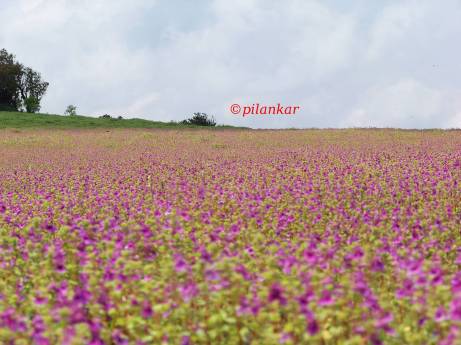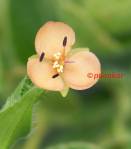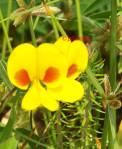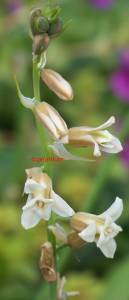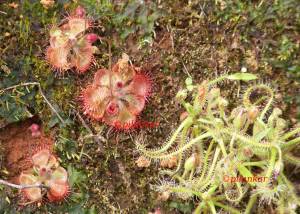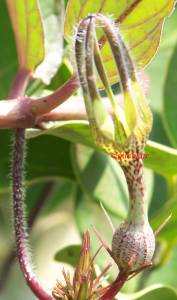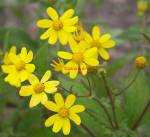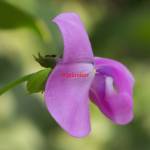Kaas plateau/Kas pathar located about 22 km from Satara is a plateau famous for its rare wild flowers which bloom in the months of August – September every year depending upon the monsoon activity for
the year. This year the bloom has started a bit late, generally the best time to visit Kaas is after 1st week of September and before the last week of same month. In this post I would like to share my experience regarding the Kaas plateau. Kaas plateau for its flora has been declared as Biodiversity World Heritage Site by UNESCO. The reason for its unique flora is the laterite soil on which the pathar is based.
My journey towards Satara started on 10th Sept 2015, I had booked a 2nd Sleeper ticket from Vasai to Satara on Bhagat Ki Kothi Express, the train arrived well before time and reached Satara half hour late. From Satara station one can hire rickshaw which will cost Rs 150, or wait for ST bus which is
there every hour. The distance from Satara railway station to city is 8/9 km. I went by ST bus to the stand, from there one needs to catch the ST bus to gogve(गोगवे), the bus is at [5.30 am, 8.00. 9.00, 12.30, 2.00 pm]. I took the 9.00 am bus, you will reach the pathar in 1 hour. The journey offers amazing views of Satara city at first and then the two dams, surrounding the Kaas.
By the time I reached Kaas, it
was 10.00 am, there where not many tourist, a few school children had arrived with me in the same bus. The entry fee is Rs 10 per head (for weekends and holidays the registration has to be done online prio to coming), plus camera charges of Rs 50. I decided to have a guide which cost Rs 100 per hour, that was the best decision I took. I would advise every visitor to have a guide, as the guide knows where all the rare flowers are, also he will take you precisely to those points, there is no point in trying to find it yourself in the vast plateau (1800 hectare).
Armed with a guide, my journey into the world of wildflowers had begun, first he showed me Drosera Indica, a insectivorous plant, which had long stem(tentacle) with sticky globule,
around which the insect gets trapped, the stem is then coiled inwards, after the completion of the digestion the stem becomes erect again. I was also able to see the following insectivorous plants Drosera burmanni, Ceropegia Vincaefolia(Kandil Pushpa), Ceropegia media. All these plants work
pretty much on the same line above, they capture, ingest and then expel the remains of the insect. These plants are endemic to Kaas pathar.
Having been to Valley of Flowers, I can personally say that this pathar offers much more to general flower lovers, I am not sure of botanist though. Here one can see carpet of flowers for miles, it was Terda bloom along with Dhangar gavat bloom when I visited. So one could see carpet of purple and white for miles. My guide showed me various herbs like dadat kandi (used to remove teeth), dukkar kand, wild brinjal, etc.
Also, the pathar was dotted with sonki flowers here and there. There are a couple of variety of sonki which differ only in size (small and big). There was also white Terda, apart from the Micky mouse flower (Smithia, 3 types). Topli karvi was waiting to bloom in a week or so. I was fortunate to see Abolina, Dipkandi, Tutari, Bunbuka, Vigna vexillate,
Manjari (a type of tulsi) and pinda cocanensis. I was able to see around 33+ variety of flowers in 1 hour. After my guide left, I visited the Kumudini lake which is at half-hour walk from the pathar main gate. The lake was full of the Kumudini flower.
I spent nearly 3 hours on the pathar throughly enjoying my time there. The pathar offers great opportunity for photographer, botanist and nature enthusiastic.

